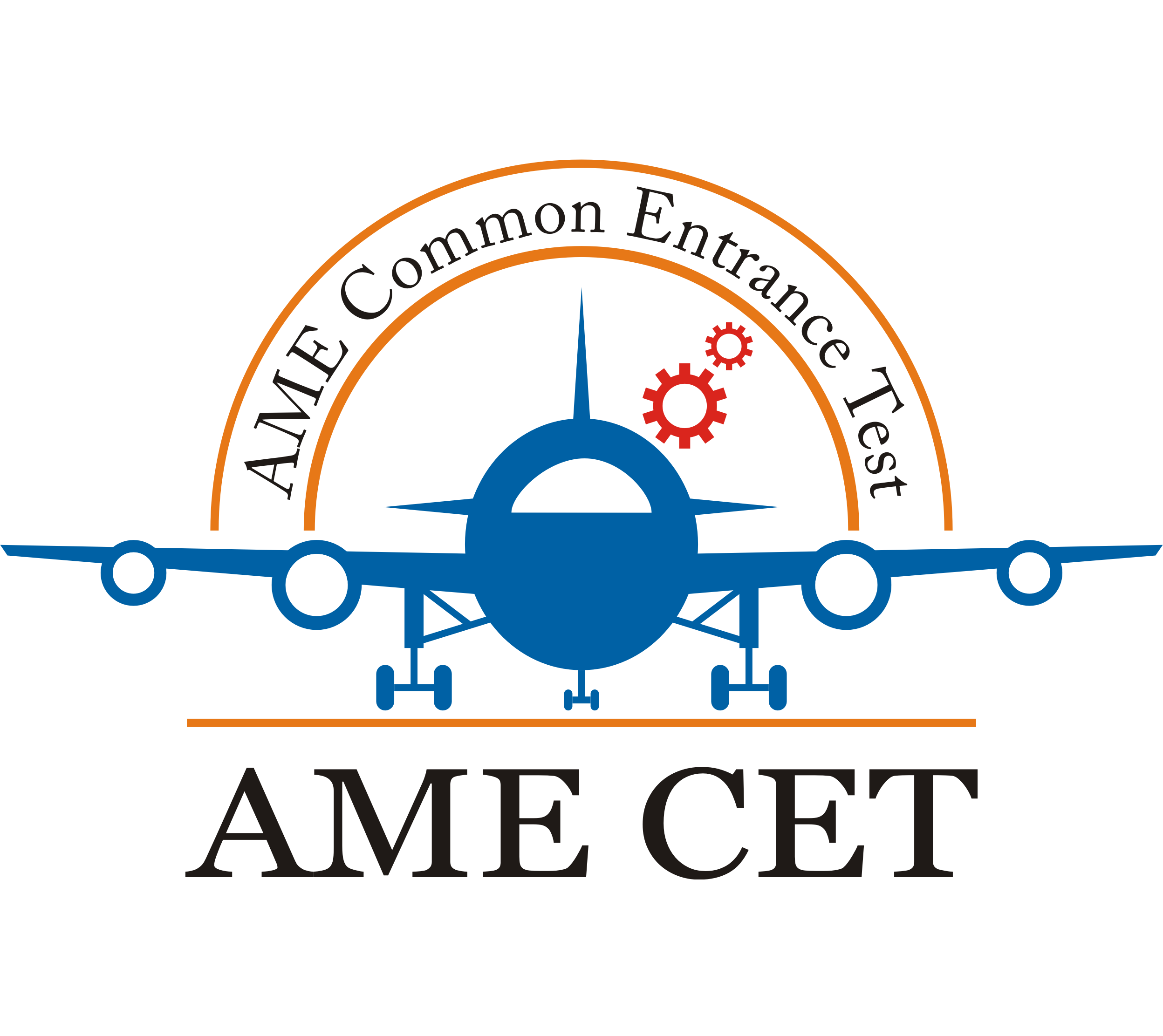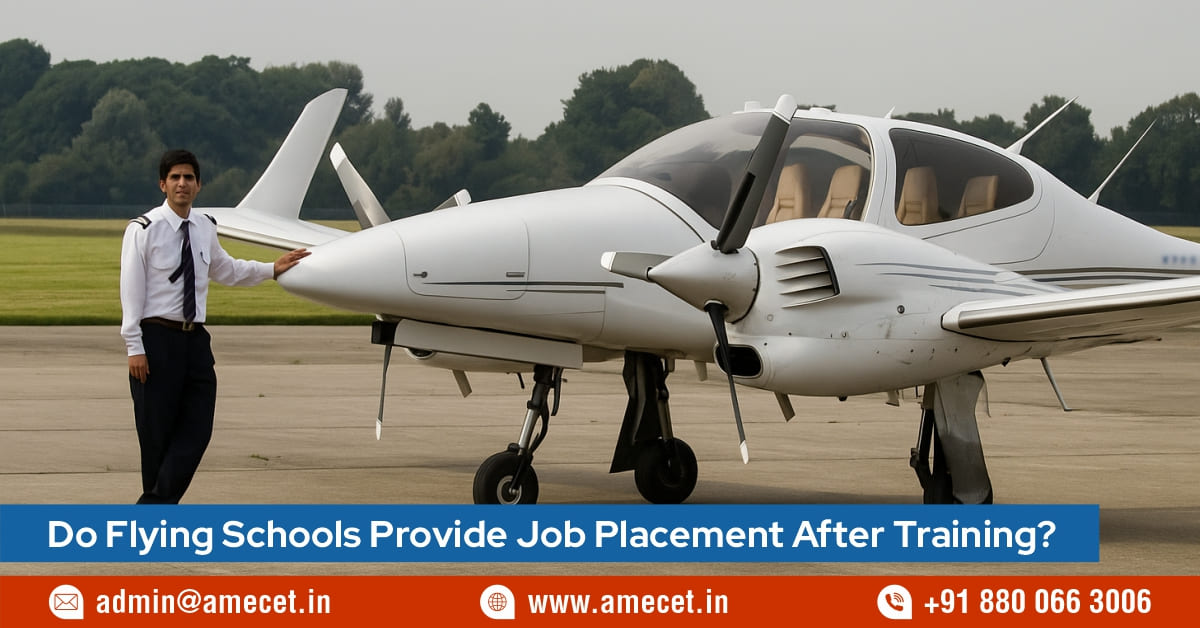Do Flying Schools Provide Job Placement After Training?
Posted on : 22 August, 2025 12:25 pm
Choosing to become a pilot is an exciting career decision, but it also involves a huge investment of time, money, and effort. One of the most common questions asked by aspiring pilots is: “Do flying schools provide job placement after training?” The answer is not straightforward, as it depends on the flying school, the type of training, and the aviation industry’s demand. Let’s explore this in detail.
Understanding Pilot Training and Licensing
To become a professional pilot in India, students must obtain a Commercial Pilot License (CPL) from the Directorate General of Civil Aviation (DGCA). CPL training usually takes 18–24 months and requires at least 200 flying hours.
During this period, students also clear DGCA theoretical papers such as:
- Air Navigation
- Aviation Meteorology
- Air Regulations
- Aircraft Technical General
- Radio Telephony (RTR)
Once a CPL is issued, the candidate becomes eligible to apply for jobs in airlines, charter companies, or corporate aviation.
Do Flying Schools Guarantee Jobs?
Unlike engineering or management colleges, most flying schools do not guarantee 100% placement. The primary responsibility of a flying school is to provide quality training, help students log required flying hours, and prepare them for DGCA examinations.
However, some reputed institutes do assist students in job placements by:
- Conducting campus interviews with airlines or charter operators
- Offering career counseling and interview preparation
- Recommending students to aviation companies through their networks
The Role of AME CET and Top Institutes
Entrance exams like AME CET (Aircraft Maintenance Engineering Common Entrance Test) help students secure admission in DGCA-approved flying schools. Through AME CET, students can get into reputed institutes that have strong industry connections and often provide better placement guidance compared to smaller academies.
Some top institutes also collaborate with airlines for cadet pilot programs or tie-ups, where students get assured job opportunities after successfully completing the training and meeting performance standards.
Placement Assistance vs. Job Guarantee
It is important to understand the difference between placement assistance and job guarantee:
- Placement Assistance: Flying schools help students prepare resumes, conduct mock interviews, and connect them with recruiters.
- Job Guarantee: Only a few cadet programs by airlines (like IndiGo Cadet Program) offer guaranteed jobs, but these are highly competitive and expensive.
Most traditional CPL training schools fall under placement assistance rather than direct job guarantees.
Factors That Influence Pilot Job Opportunities
Even if the school provides good support, a student’s career ultimately depends on:
- Number of flying hours logged
- Performance in DGCA exams
- English communication skills
- Overall personality and confidence
- Health and medical fitness
Once hired, many pilots start their careers as First Officers and later move up to Captains with experience.
So, do flying schools provide job placement after training? They usually provide placement assistance but not guaranteed jobs. The aviation industry is competitive, and landing a job depends on the candidate’s skills, performance, and dedication.
To maximize your chances, choose a DGCA-approved flying school with strong industry connections, prepare well for DGCA exams, and consider exams like AME CET for entry into reputed institutes. With determination and the right training environment, your dream of flying as a professional pilot can become a reality.

